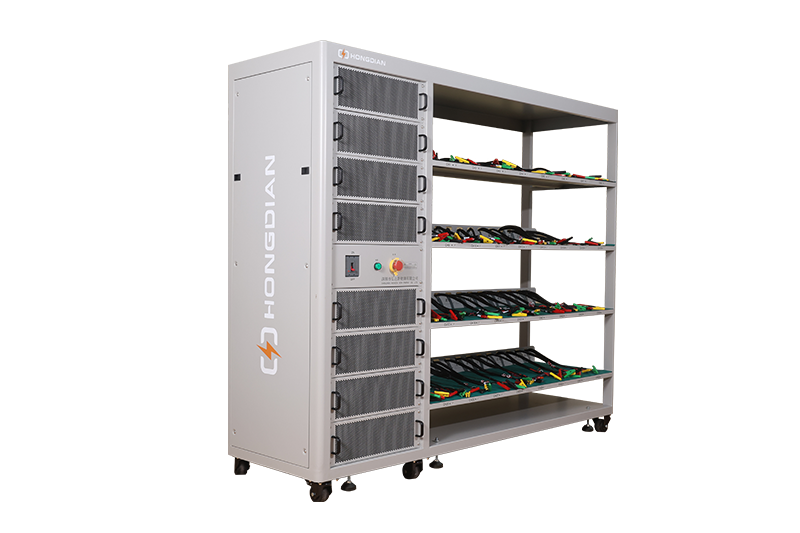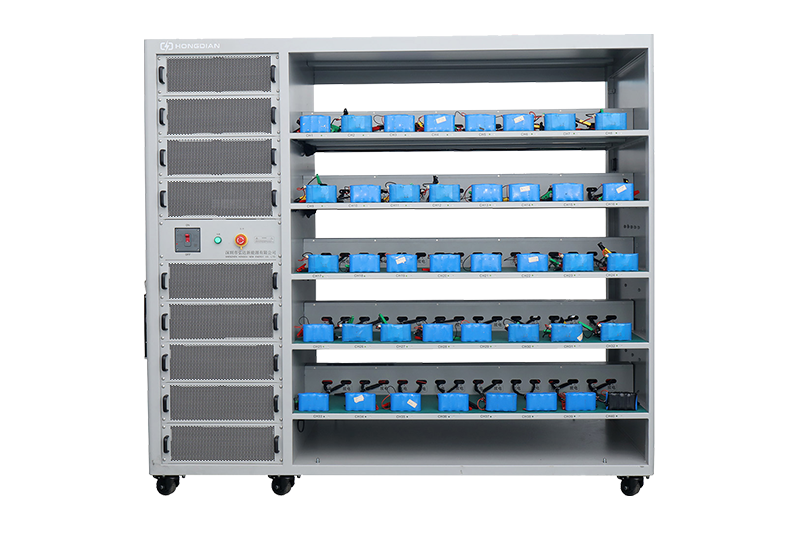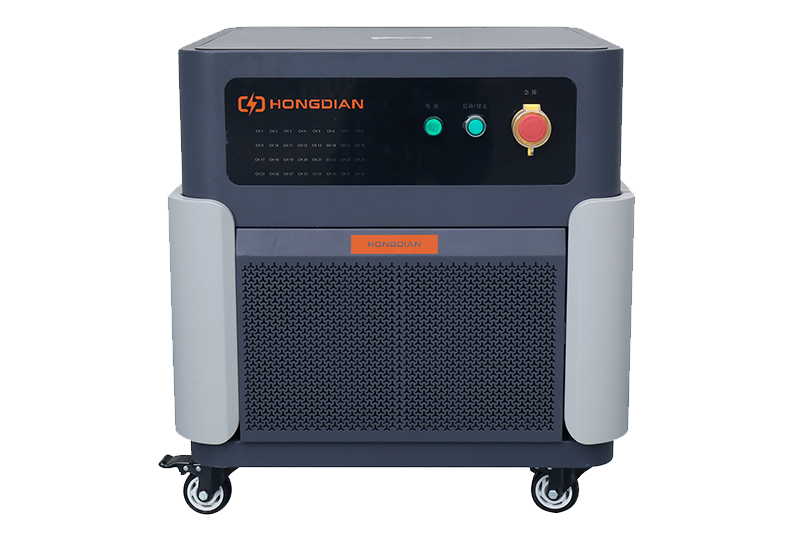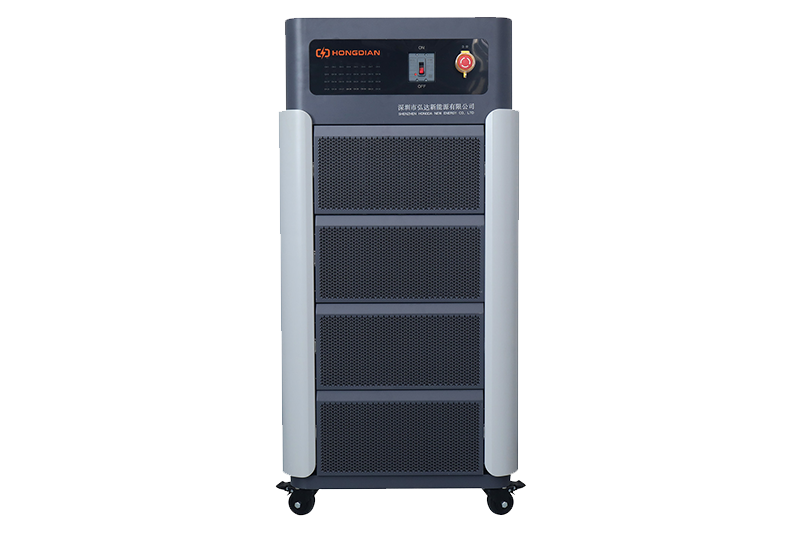Advances in Battery Test Systems: Keeping Our Energy Reliable and Efficient
Hey there! You know, in today’s fast-paced world of energy storage and electric cars, the need for batteries that are not just efficient but also reliable and long-lasting is at an all-time high. And guess what? The backbone of all this is some solid battery testing systems that ensure these batteries can handle everything from powering electric vehicles (EVs) to storing renewable energy. Let’s dive into what’s new in the world of Battery Test Systems and why they matter so much, along with some cool tech innovations and what the future might hold.
The Importance of Battery Test Systems
So, let’s talk about battery test systems. These bad boys are super crucial throughout a battery's life. They check how well the battery performs, confirm it’s safe, and give us a good idea of how long it’s going to last. With these systems, manufacturers and researchers can measure a battery's charge capacity, discharge rates, thermal stability, and how many cycles it can handle. Good testing can save us from failures and boosts performance, which ultimately makes consumers feel more confident. Basically, it’s a big deal in the battery world!
Technological Innovations
- High-Precision Testing Equipment:
Today’s battery test systems are like high-tech wizards, coming with super-accurate tools that can spot tiny changes in battery performance. This precision is key because sometimes those little differences can really add up over time.
- Automated Testing Protocols:
Automation has really stepped up the game in battery testing. It makes the testing conditions more consistent and eliminates a lot of human error. Plus, these automated systems can multitask by running several tests at once, which is a huge win for efficiency!
- Integration with Artificial Intelligence:
AI and machine learning are seriously changing the game. They dive into all the data we gather during testing and help predict when things might go wrong, optimize charging cycles, and even suggest improvements in design for better performance.
- Advanced Thermal Management:
Since batteries can be pretty sensitive to temperature adjustments, modern test systems are now using fancy thermal imaging and control. This keeps batteries safe by ensuring they work within ideal temperature ranges during tests.
- Real-World Simulation:
To really get a grip on how batteries perform in everyday scenarios, today’s test systems can simulate various conditions – think high altitudes, extreme weather, and changing power demands. It’s all about getting the real scoop on performance!
Applications Across Industries
- Electric Vehicles:
With the automotive world making a big shift toward electric vehicles, there’s a growing need for battery test systems that we can count on. These tests make sure EV batteries have the right range, charge quickly, and last long while maintaining safety.
- Renewable Energy Storage:
Batteries used for storing energy from sources like solar and wind need to handle tons of charge and discharge cycles. Testing helps optimize their performance so we can store and use energy more efficiently.
- Consumer Electronics:
When it comes to our gadgets – smartphones, wearables, you name it – we want lightweight, long-lasting, and safe batteries. Testing ensures these little power packs can handle daily life without breaking a sweat.
- Grid Storage:
For grid applications, battery energy storage systems (BESS) must be super reliable and deliver power for extended periods. Good testing makes sure these batteries can back us up when needed without any regular replacements.
Future Implications
So, what does the future hold for battery test systems? Well, it looks pretty exciting!
- Enhanced Sustainability:
With everyone buzzing about sustainability, future battery tests will likely focus on being more eco-friendly, reducing the impact of testing processes and making sure batteries are recyclable when they’re done.
- Standardization:
As battery tech keeps evolving, there’s a push for standardizing test protocols. This means we can compare different manufacturers and technologies more easily, leading to a fairer and more competitive market.
- Next-Generation Batteries:
With breakthroughs in battery chemistry, like solid-state and lithium-sulfur batteries, testing systems will have to adapt. Customizing tests for these cutting-edge technologies will ensure they stay safe and perform well.
- Global Collaboration:
Working together on battery testing internationally can speed up advancements. By sharing knowledge and resources, we’ll likely see the emergence of global standards that all aim for more consistent and reliable battery technologies.
Conclusion
In the quest for better energy storage solutions, battery test systems are truly the unsung heroes. Their role in keeping batteries safe, performing well, and lasting long can’t be overstated. As technology moves forward, these systems are bound to get even smarter, driving innovation and shaping the future of energy storage across different industries. Ultimately, continued development in battery test systems will help us create a more sustainable, electrified world where energy storage solutions are safer, more efficient, and super reliable.

 1000V-1500V High Voltage High Current Battery Testing System
1000V-1500V High Voltage High Current Battery Testing System  32/48 channel battery charging and discharging test integrated battery cabinet
32/48 channel battery charging and discharging test integrated battery cabinet  40 channel battery charging and discharging test integrated battery cabinet
40 channel battery charging and discharging test integrated battery cabinet  64 channel battery charging and discharging test integrated battery cabinet
64 channel battery charging and discharging test integrated battery cabinet  80 channel battery charging and discharging test integrated battery cabinet
80 channel battery charging and discharging test integrated battery cabinet  High-Precision Battery Testing System for Enhanced Performance Monitoring 30V/60V/100V/120V
High-Precision Battery Testing System for Enhanced Performance Monitoring 30V/60V/100V/120V  High-Precision Battery Charge Discharge Test Systems for EV Manufacturers
High-Precision Battery Charge Discharge Test Systems for EV Manufacturers  Precision Battery Test Racks for Cell Capacity & Internal Resistance Measurement
Precision Battery Test Racks for Cell Capacity & Internal Resistance Measurement  Multi-Channel Battery Testing Equipment for Parallel Performance Analysis
Multi-Channel Battery Testing Equipment for Parallel Performance Analysis 










